Food saver vacuum sealer is a machine that employs an airtight system to keep food fresh for longer. It doesn’t let the air in and keeps the moisture out, so your food stays as good as new even after days have passed.
The use of this device has been on the rise since it was invented in 1970s. This article will explore food saver vacuum sealer: what is it and how to use it properly? We will give a detailed explanation of the food saver vacuum sealer’s benefits and will discuss is it worth getting one for your kitchen.
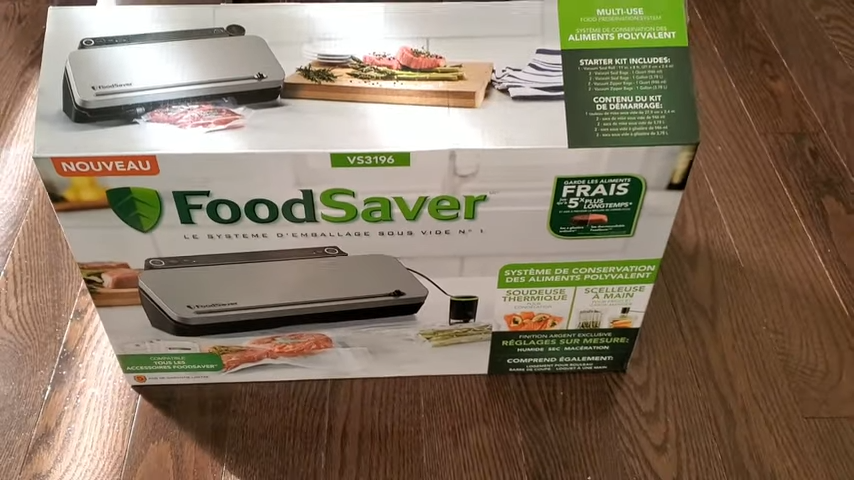
How Food Saver Vacuum Sealer works?
What is Food Saver Vacuum Sealer?
Food saver vacuum sealer is a device that removes air from food containers and can be used to preserve food.
The usage process involves two steps: sealing and vacuuming. First, you place your freshly chopped ingredients into a plastic bag or container with droplets of water vapor on them (for moist foods). Then put this sealed bag inside another larger chamber which has been filled up with pressurized but clean air from outside using built-in pump. This step works because when pressure increases inside the chamber, it forces all the oxygen molecules out through tiny openings.
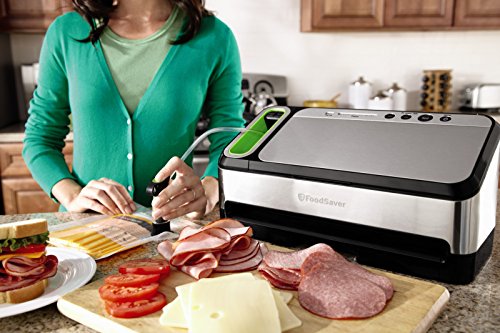
How to use Food Saver Vacuum Sealer?
Here we show you some simple steps on how to use food saver vacuum sealer. You can easily get the best result by following these steps:
- Setting up your machine and placing it in an accessible location with a good power source is always recommended before using the Food Saver® Vacuum Sealer, so that you can quickly begin any sealing job or project without delay
- Press down firmly onto one of your pre-cut bags (recommended) until the bag has been completely secured inside of the unit’s built-in roll holder port; make sure not to overload this area since too much pressure will cause problems during operation. Cutting off excess material from both ends ensures optimal airflow for complete suction within seconds.
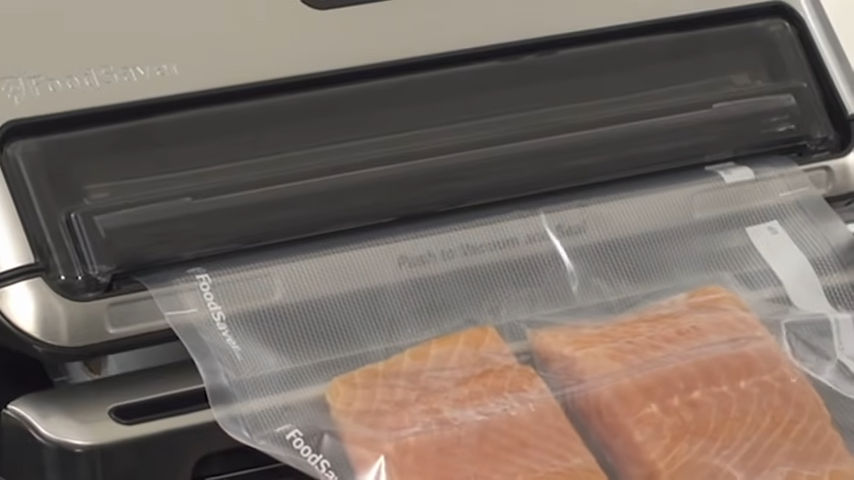
FAQ about Food Saver Vacuum Sealer
- Can you use any bags with vacuum sealers?
There are a few factors to consider when selecting the appropriate vacuum bag. Any bag will not work for vacuum sealing. Regular bags let air in and don’t keep a seal. When searching for a vacuum bag, be sure it says barrier on it. The quantity of barrier provided by the bag depends on the material’s thickness and what it is composed of.
- Can you use Ziplock bags with vacuum sealers?
Ziplock bags can be securely sealed and reopened up to a hundred times using a FoodSaver. Ziplocks may also be opened, closed, and resealed many times with a FoodSaver for a stronger seal. The air will be removed from the Ziplock bag and sealed with the FoodSaver, allowing the contents to stay fresh for much longer.
- How do you seal a Ziplock bag?
Two ways to seal Ziplock bags with your food saver are by using the manual mode or automatic mode. The way you set up your machine will determine which sealing method is best for you, but both offer different features that may be suitable depending on how much food needs to be sealed and if any liquids need to stay.
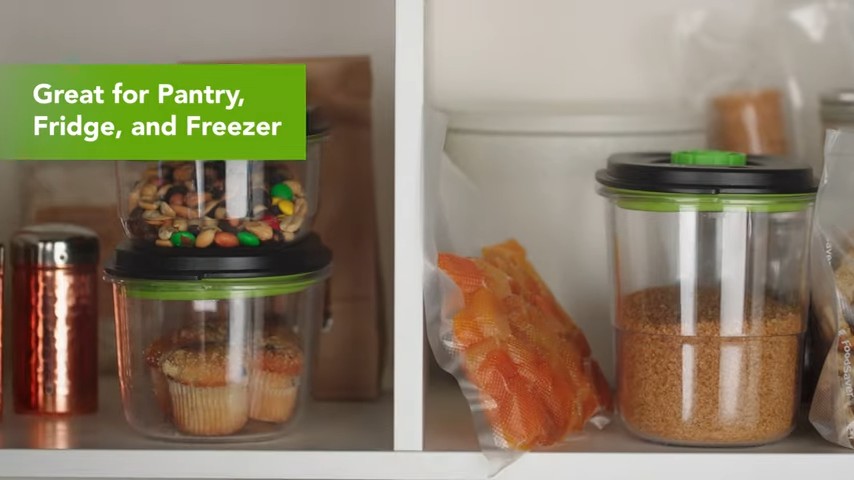
- Is it true that all vacuum sealers are interchangeable?
No, they aren’t. Choose a bag with an open end that is shorter than the seal bar on your machine and can also fit inside the chamber.
- Can you use chamber vacuum bags in Food Saver?
Vacuum sealer bags and vacuum sealers pouches can all be used with a chamber vacuum sealer machine. Chamber pouches, which can only be used with chamber machines, lack the mesh lining required for suction bags.
- What temperature should Food Saver vacuum sealer food store?
It is best to use food in the range of 32-40 degrees Fahrenheit when storing for this long.
- Is it safe to vacuum seal food?
The National Center for Food Preservation warns that there are risks with vacuum sealed food products. Some harmful bacteria that only grow in air-free setting can grow much better and faster in vacuum sealed products than if they were not vacuum sealed.
Foods in the Food Saver vacuum sealer
- Dehydrated Fruits – like apples, oranges, grapes and cranberrie
- Trail Mix – a mixture of dried fruit and nuts eaten as a snack food, originally by hikers and campers
- Rice and Pasta
- Cereals and Nuts
- Herbs and Spices
What foods can not be vacuum-sealed?
Food Saver vacuum sealer is not for sometypes of food in it, which may result loss of vacuum:
- bananas and mushrooms (ripenning)
- garlic, onions, cabbages (natural gases)
- soft cheese (mold may appear)
- fresh cooke meat (hot sream)

Food Saver is not recommended for use with liquids, as this may cause damage to the unit or personal injury.
Some foods containing a lot of oil cannot be sealed because it will leak from the bag once vacuumed and suction pressure is applied. If you want to seal oily food, try placing them in a water/vinegar solution before sealing which can help prevent leaking.
What is better: freezer or Food Saver vacuum sealer?
Freezer is better for storing food that you are not planning to eat in the next few months, while Food Saver Vacuum Sealer works well for longer periods of up to five times.
Advantages of Food Saver vacuum sealer
What are the benefits of using food saver vacuum sealer? The reason why people use this device are:
- It can keep food fresh for a longer time, up to five times, and prevent it from freezer burnt.
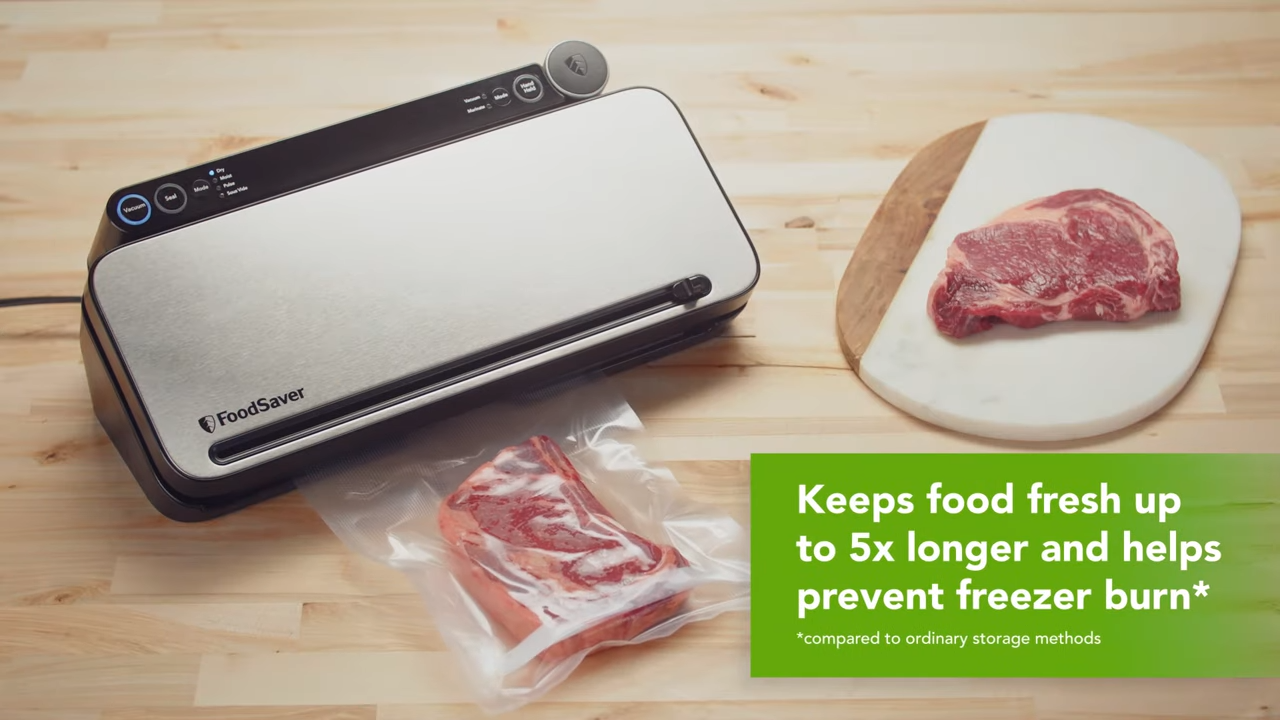
- Food is not only packaged safely, but also does not absorb the odors of other food placed on the shelves of the refrigerator.
- This process works by removing air from the pelletized bag, which prevents oxidation and bacterial growth making your ingredients last up to five times more than regular storage methods.
- Using Food Saver Vacuum Sealer also helps you save space in your refrigerator or freezer (you don’t need so much room to store all those leftover foods anymore).
- The ability to freeze bulk meat purchases or other foods can save lots of money over time compared with purchasing small portions from the grocery store every day or two.
- A vacuum sealer allows you also simply share some food with friends without worrying about spoilage
- Also, when travelling with this device makes life easier: no spoilage means no waste!
For those who buy and prepare meals in bulk, a vacuum sealer is worth the investment, particularly for meats, vegetables, fruits, breads, and cheese. A vacuum sealer will help extend the shelf life of many everyday items by up to 4-6 times for individuals looking to increase their food storage while also having freezer space available.
Food saver has a variety of benefits comparing with other brands: it doesn’t require electricity, which means that one can take and store food anywhere simply by using batteries. This device also allows sealing breads, croissants or muffins without crushing them into pieces! Also there are no issues with liquids leaking out from foods bags while using this product unlike others on the market. In addition, all food saver accessories work perfectly well together so buyers do not need to buy extra accessory kits.
We hope that after reading this post it will be much simpler for you to decided whether or not to purchase a food saver vacuum sealer!
